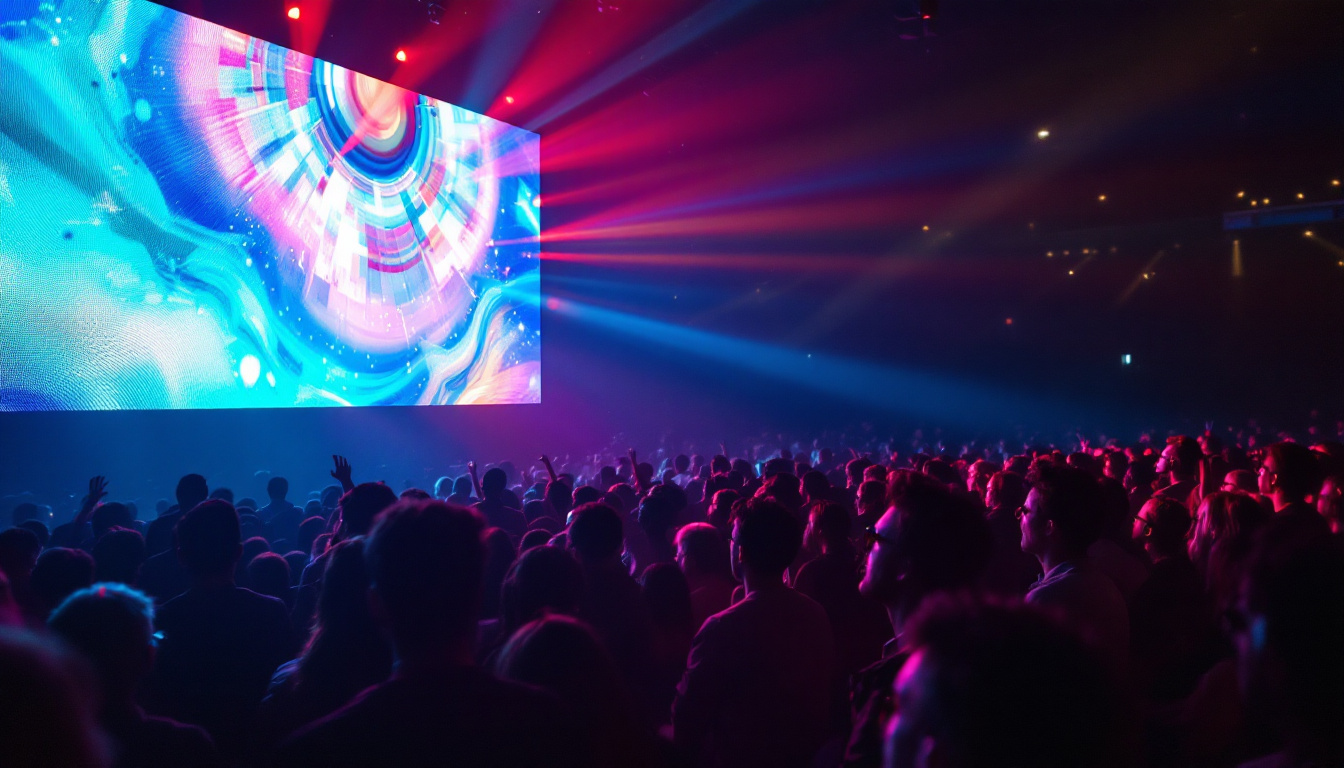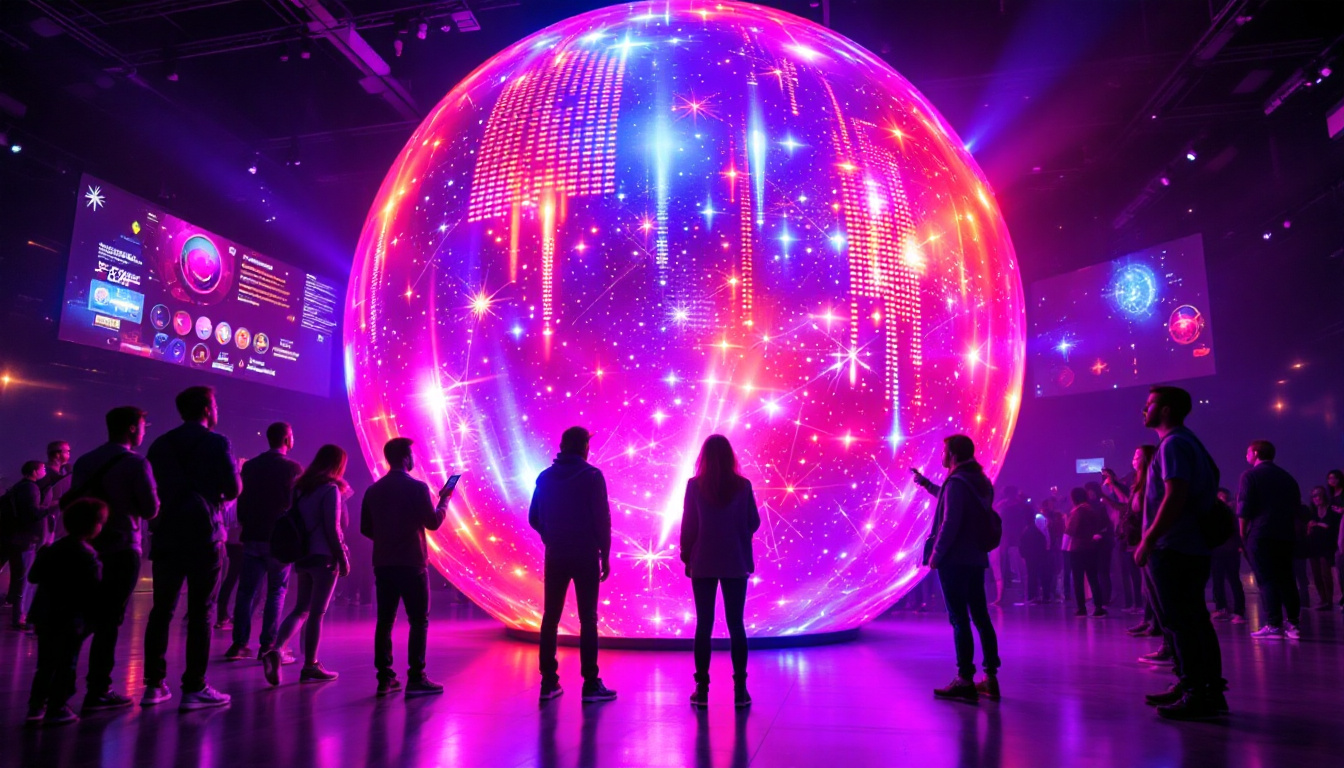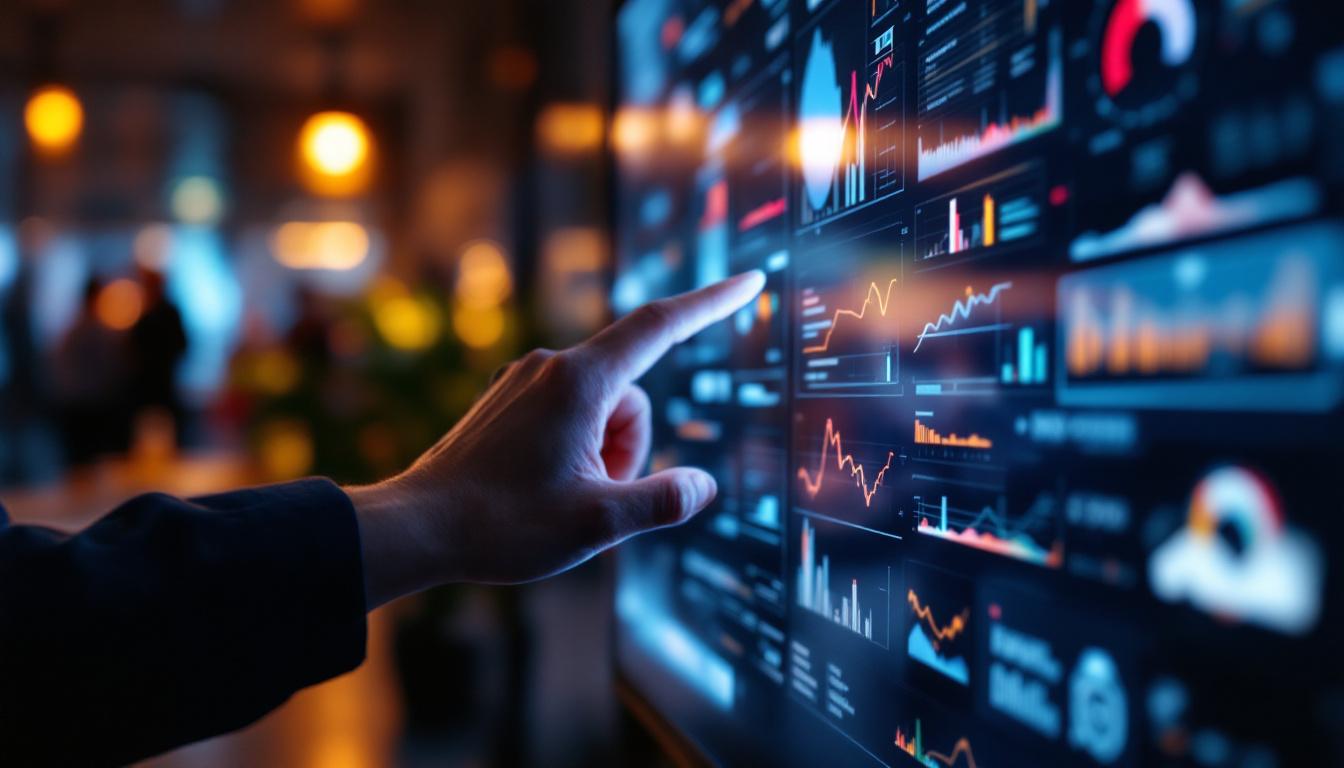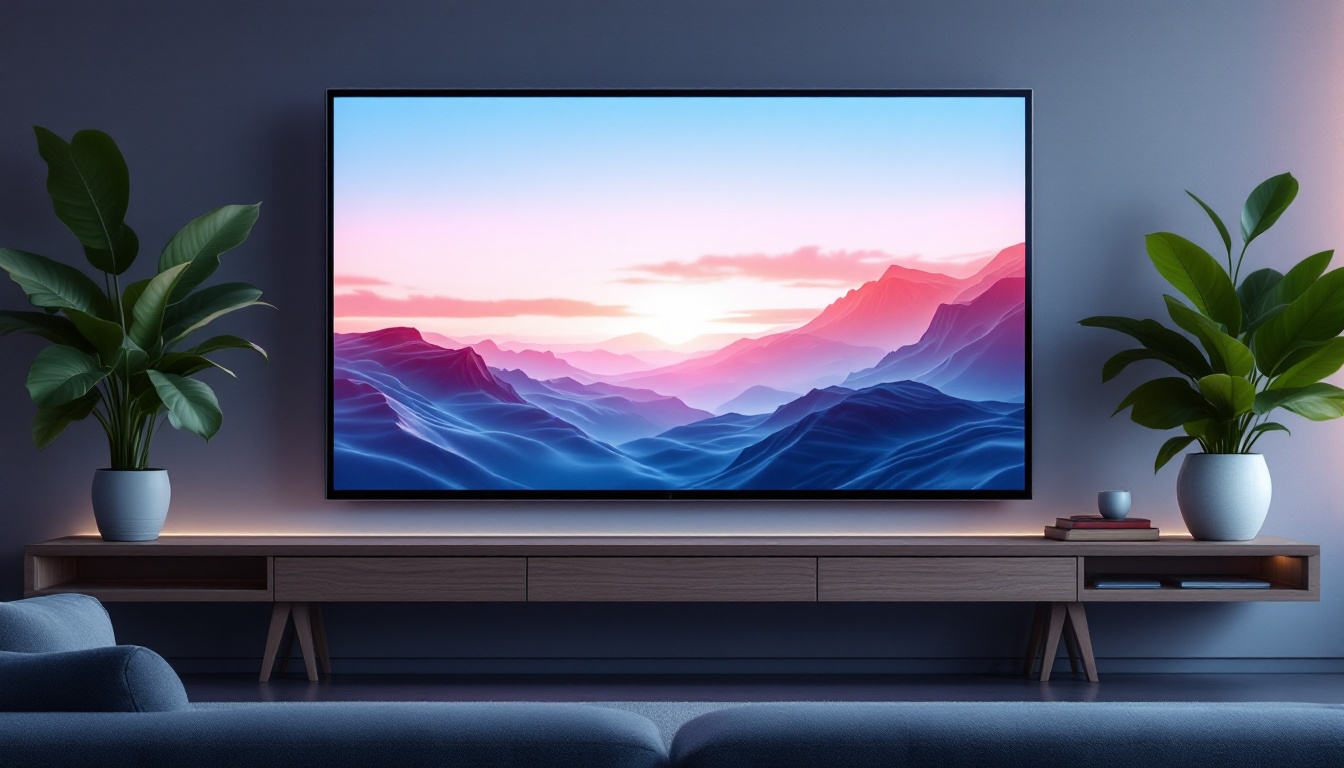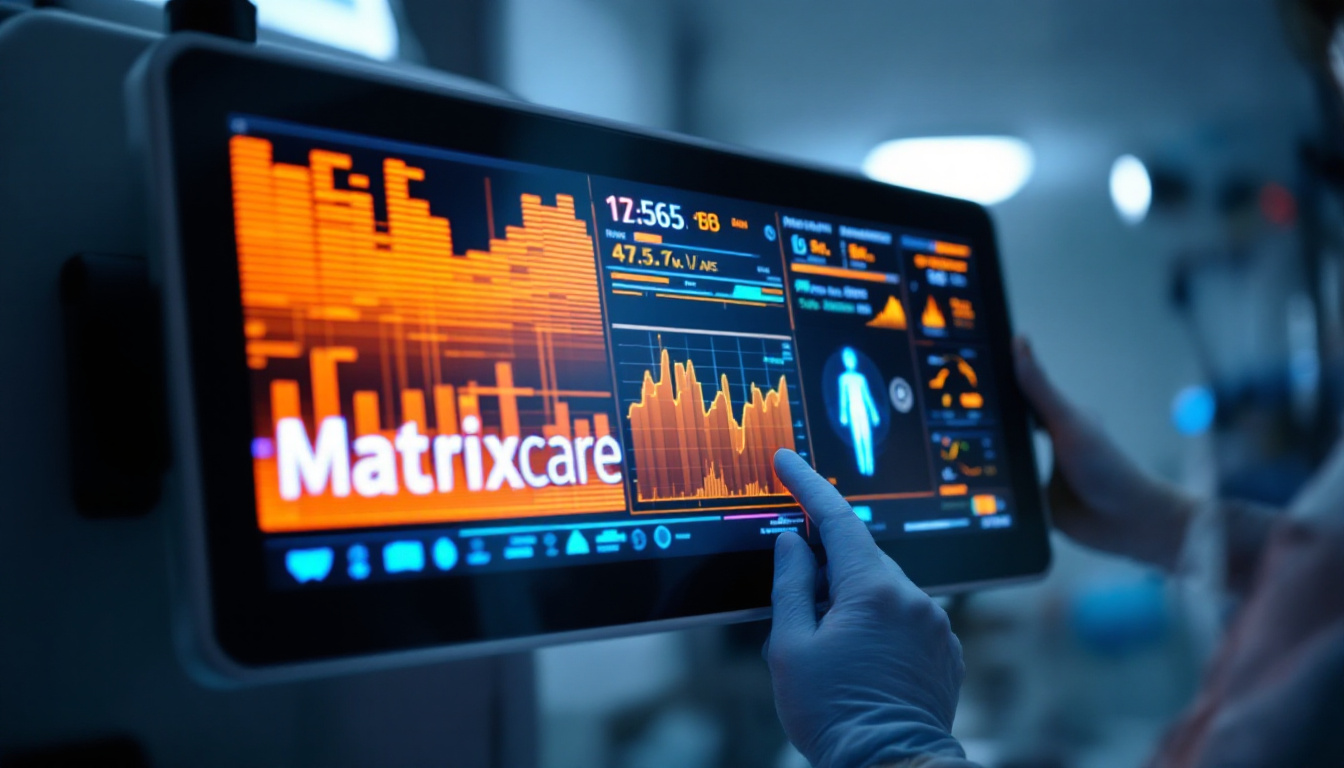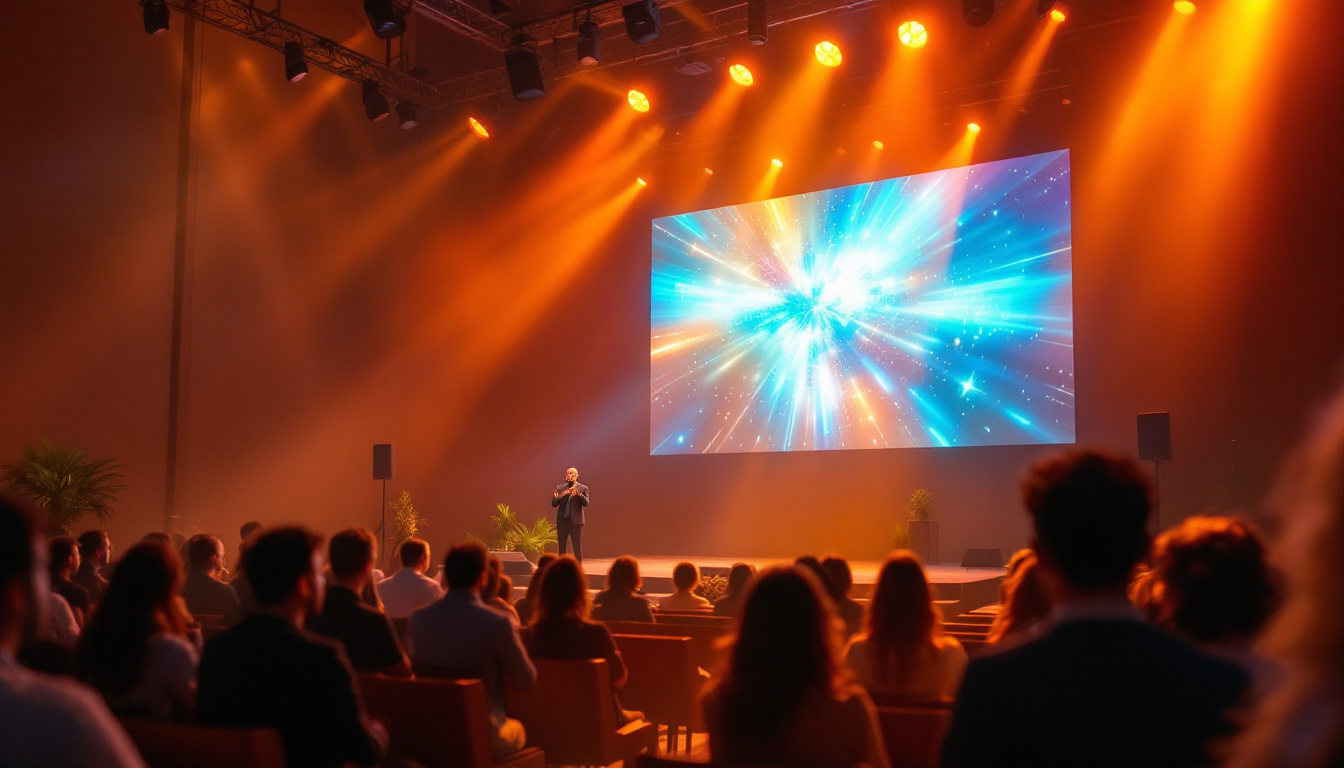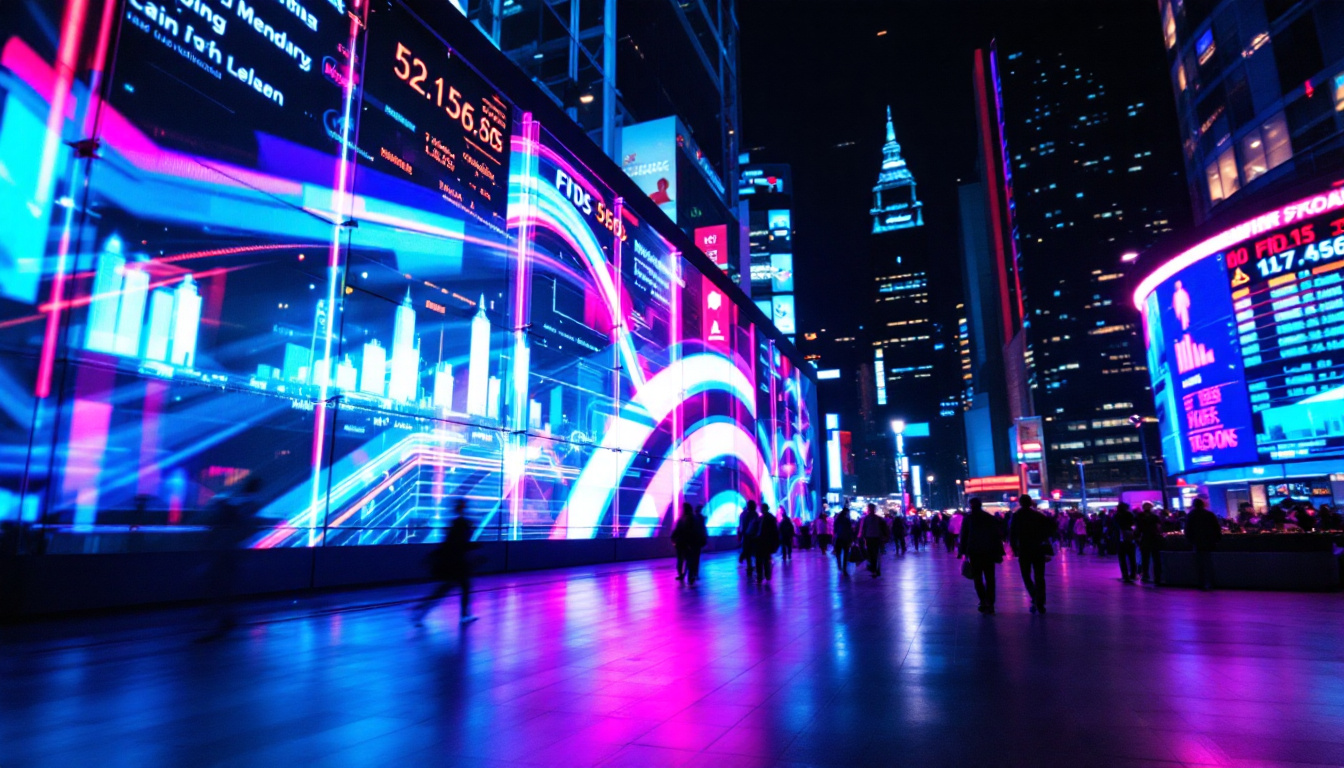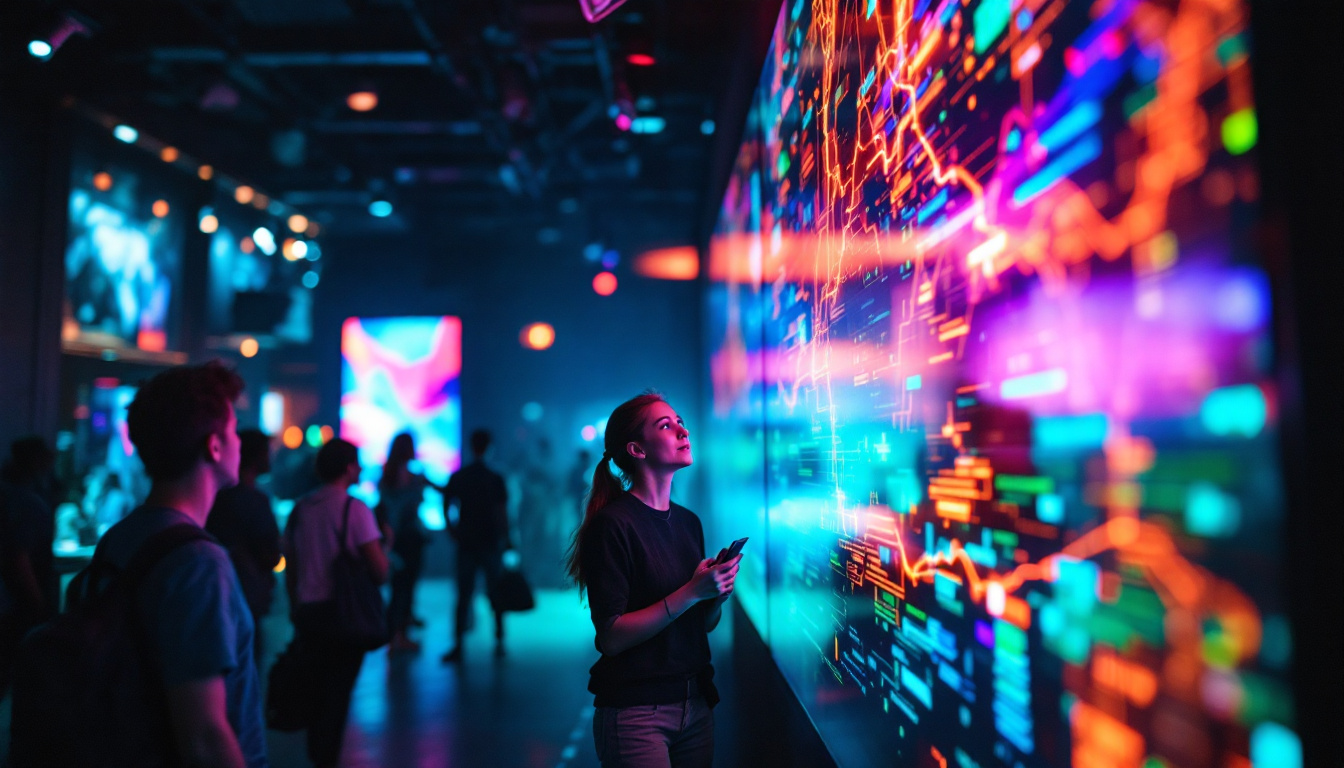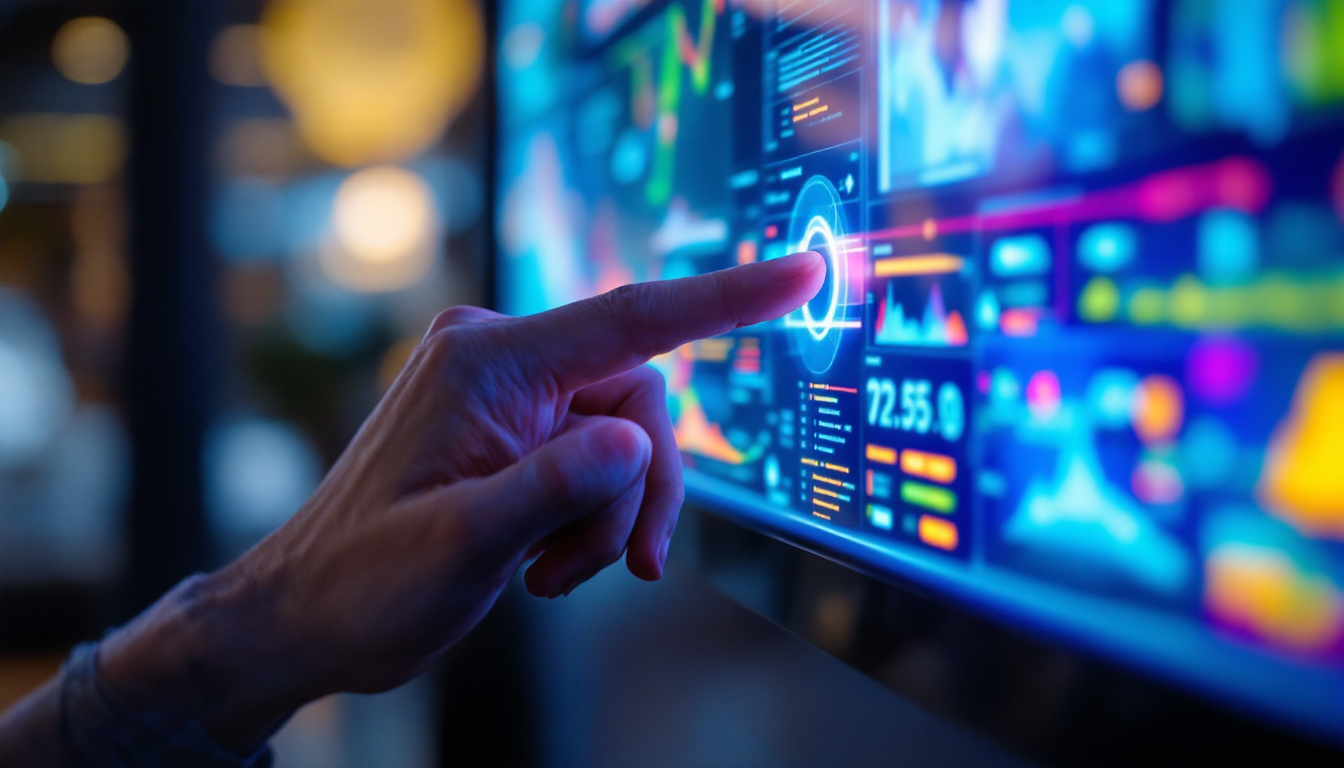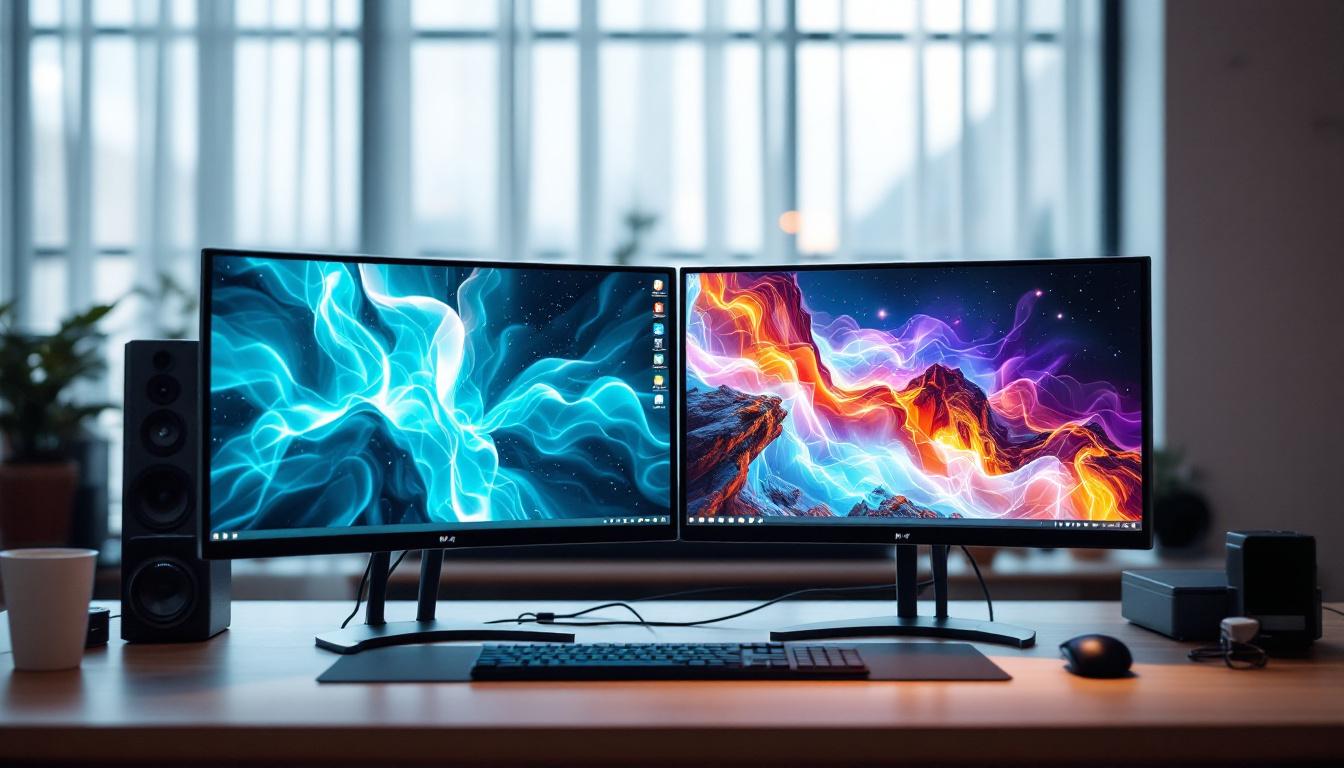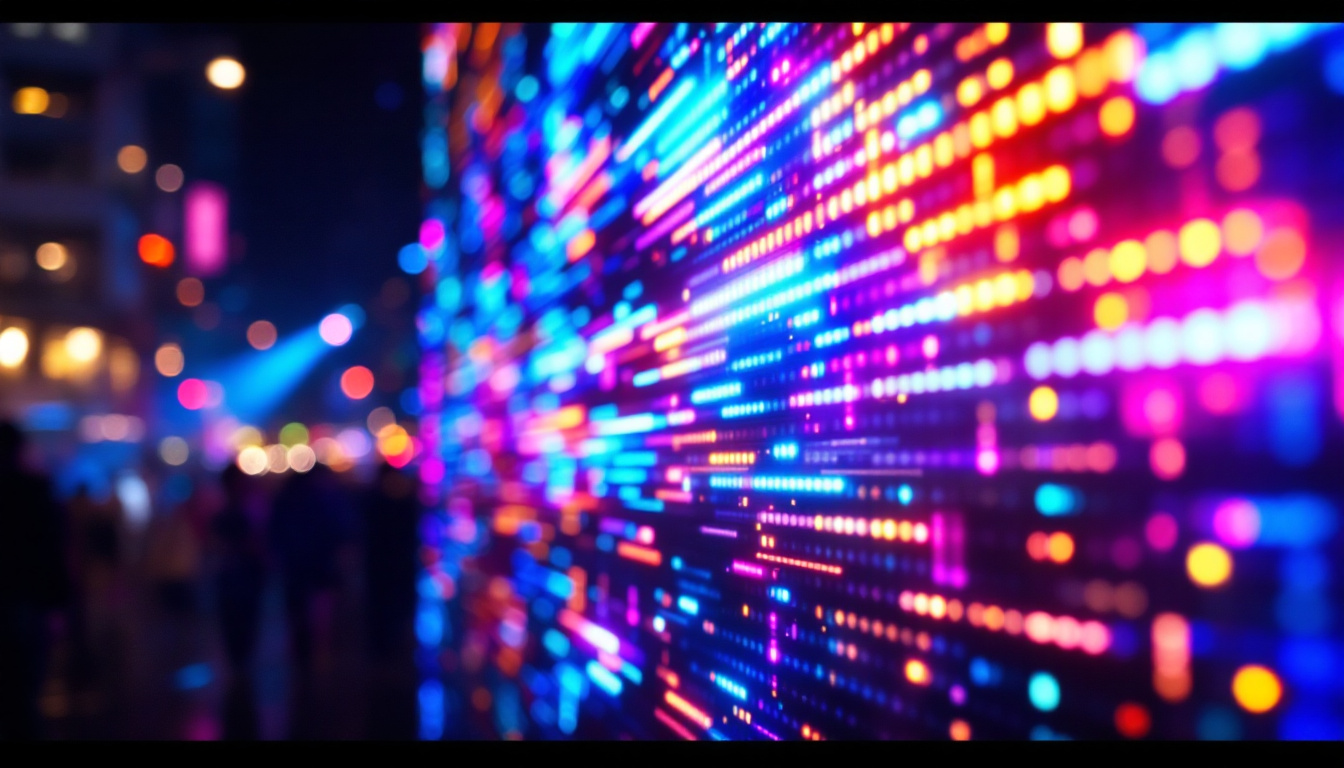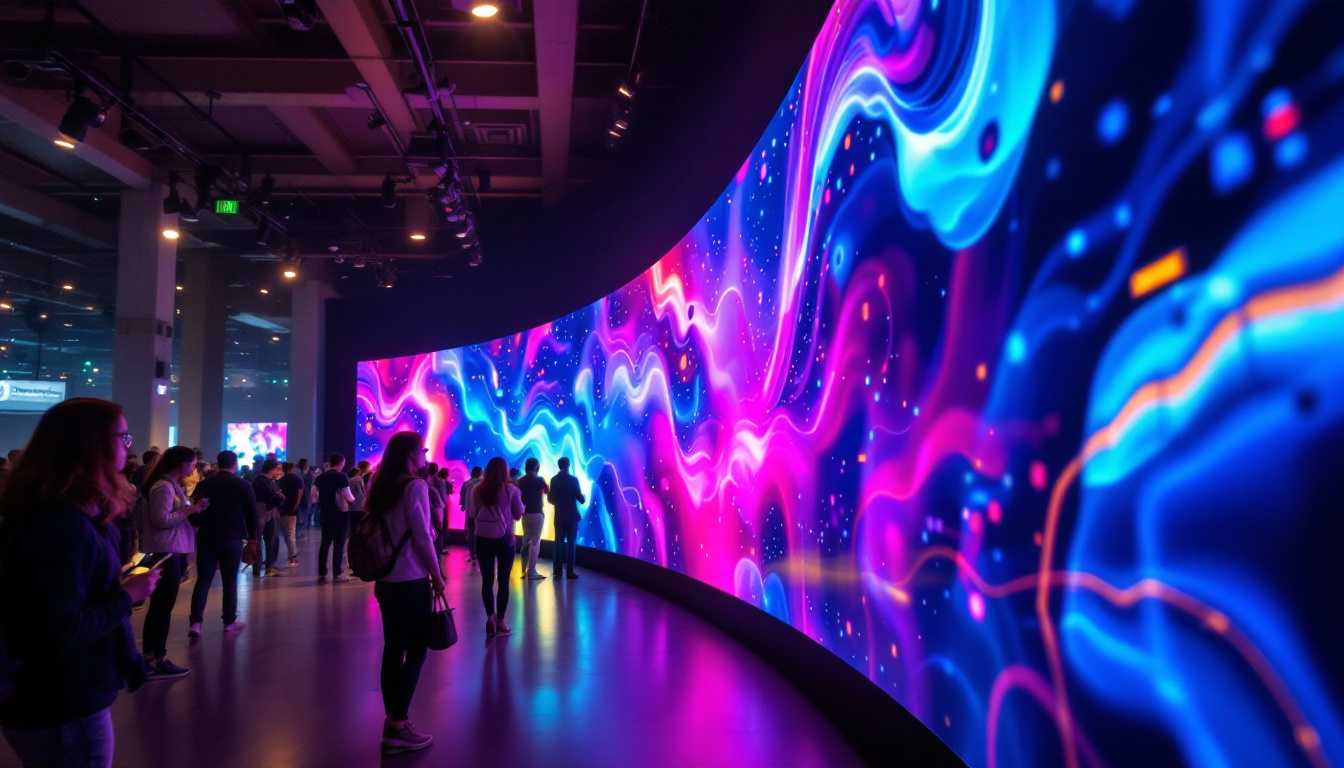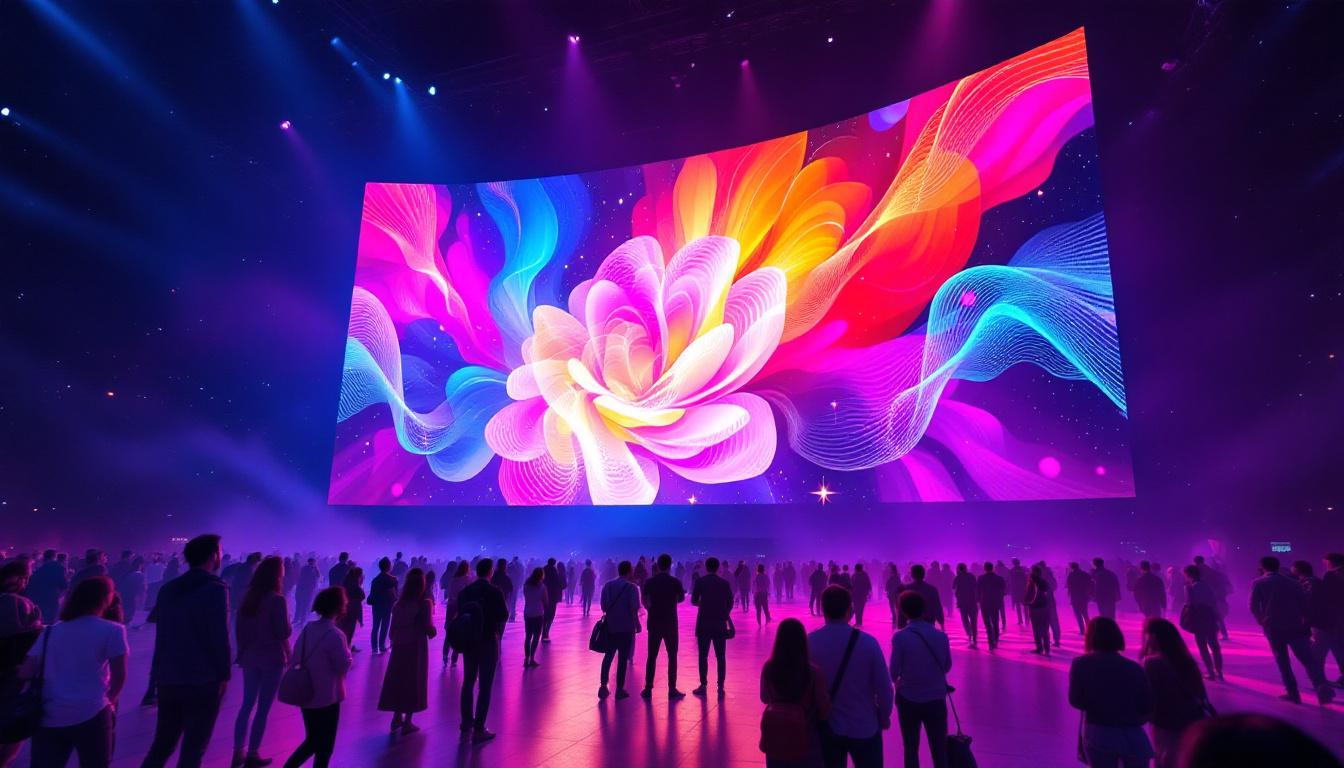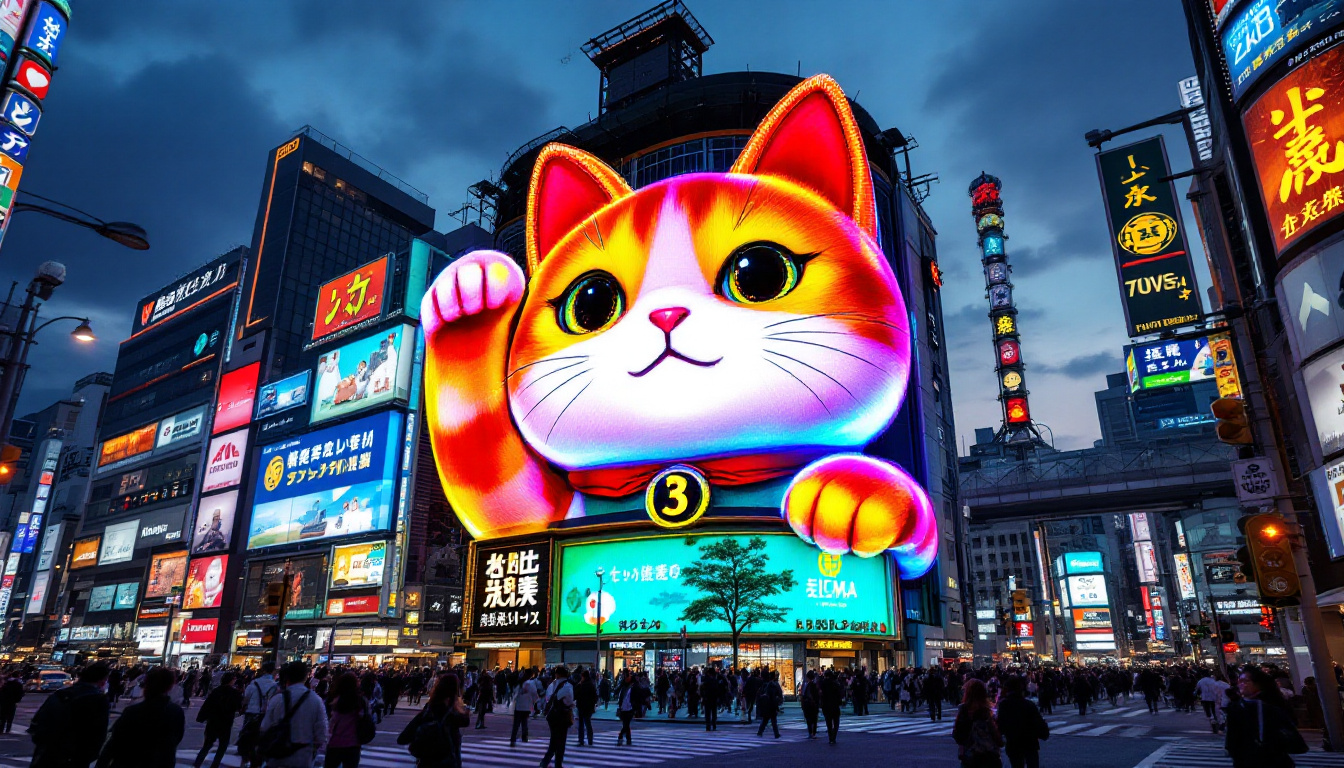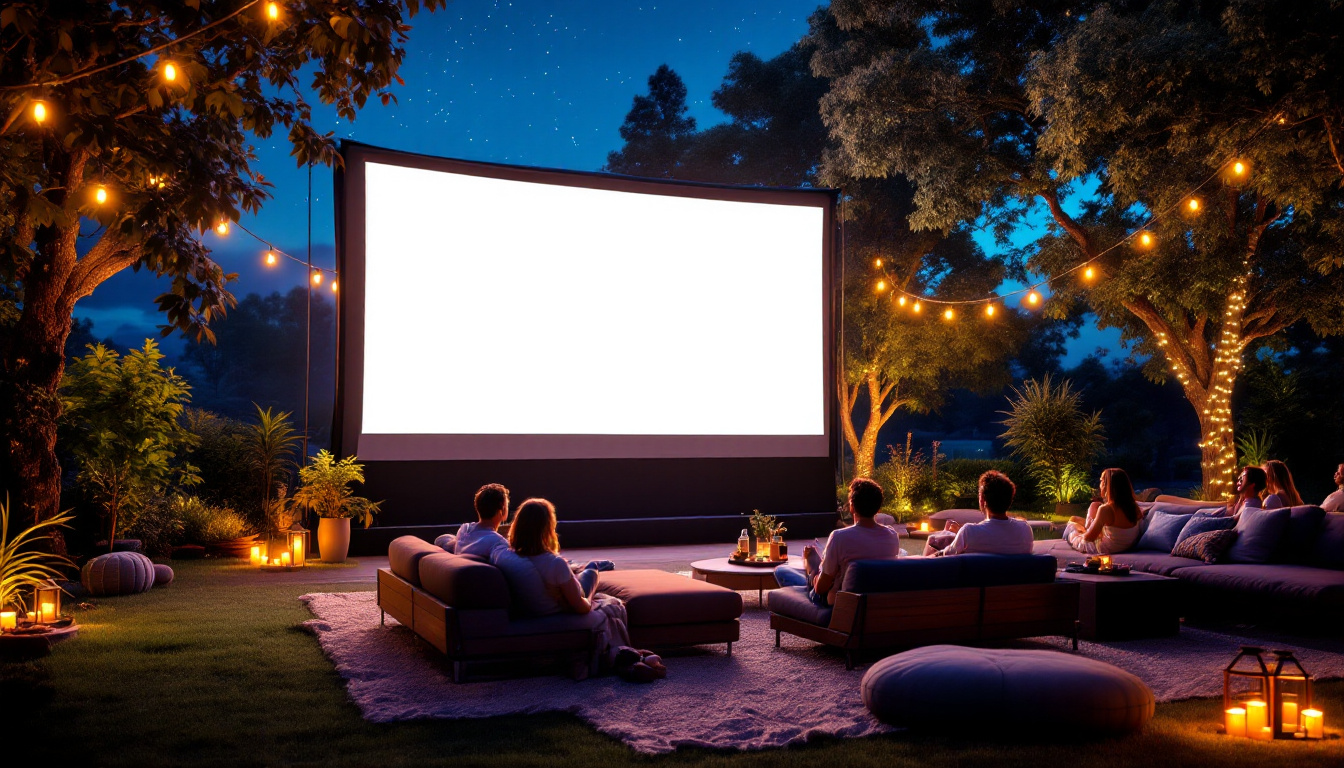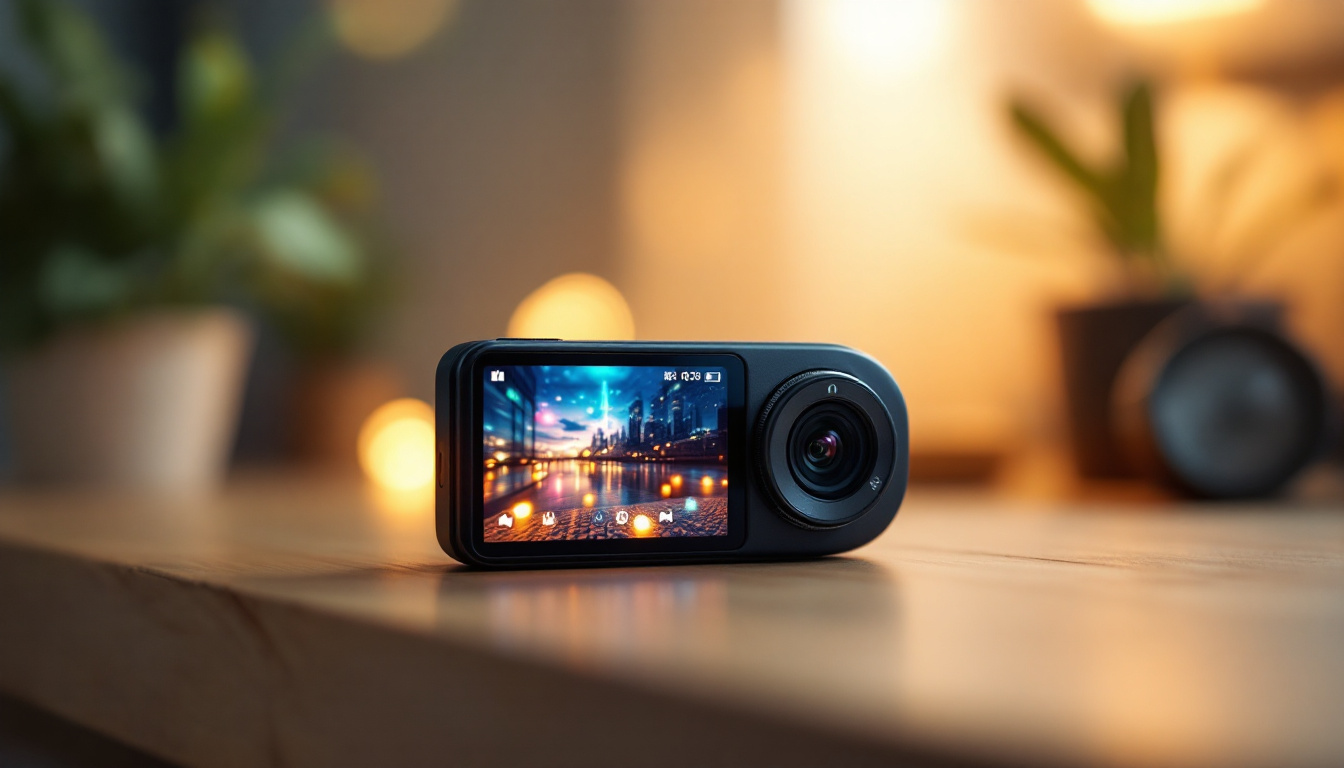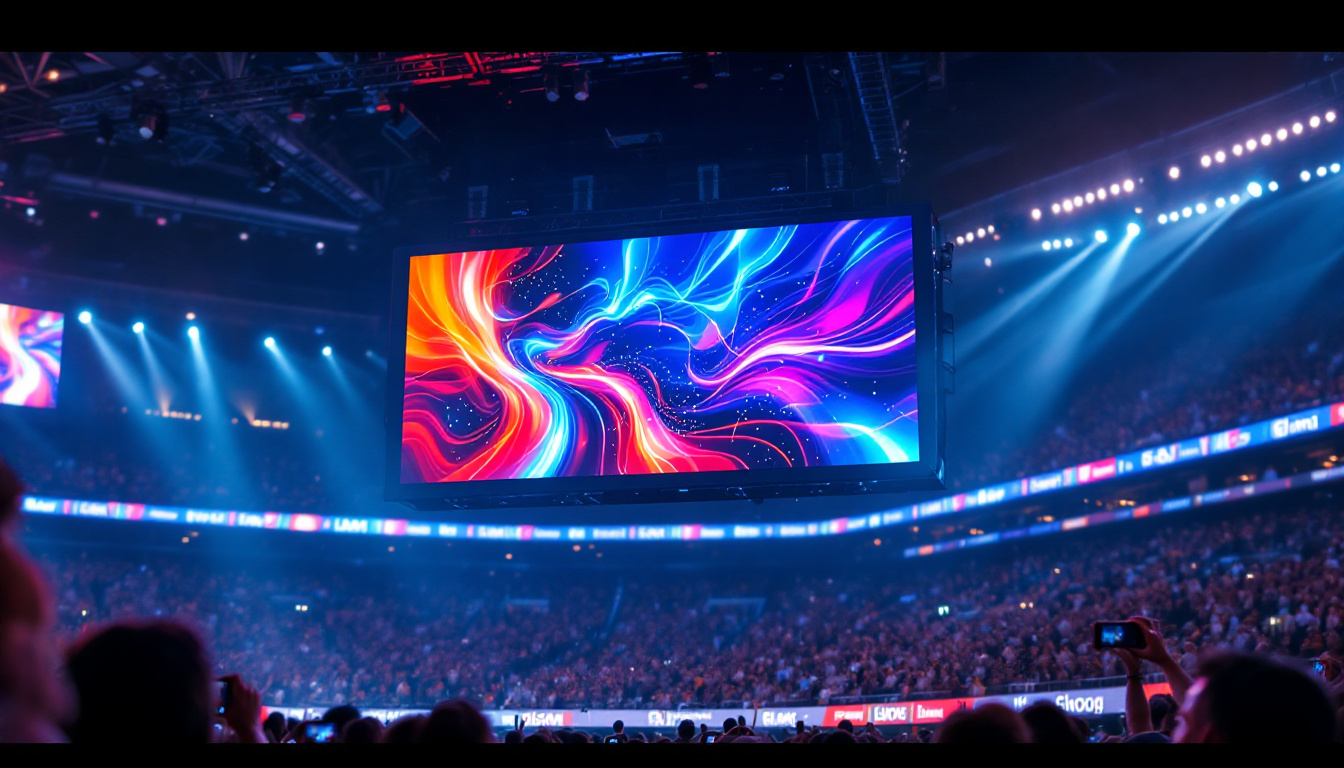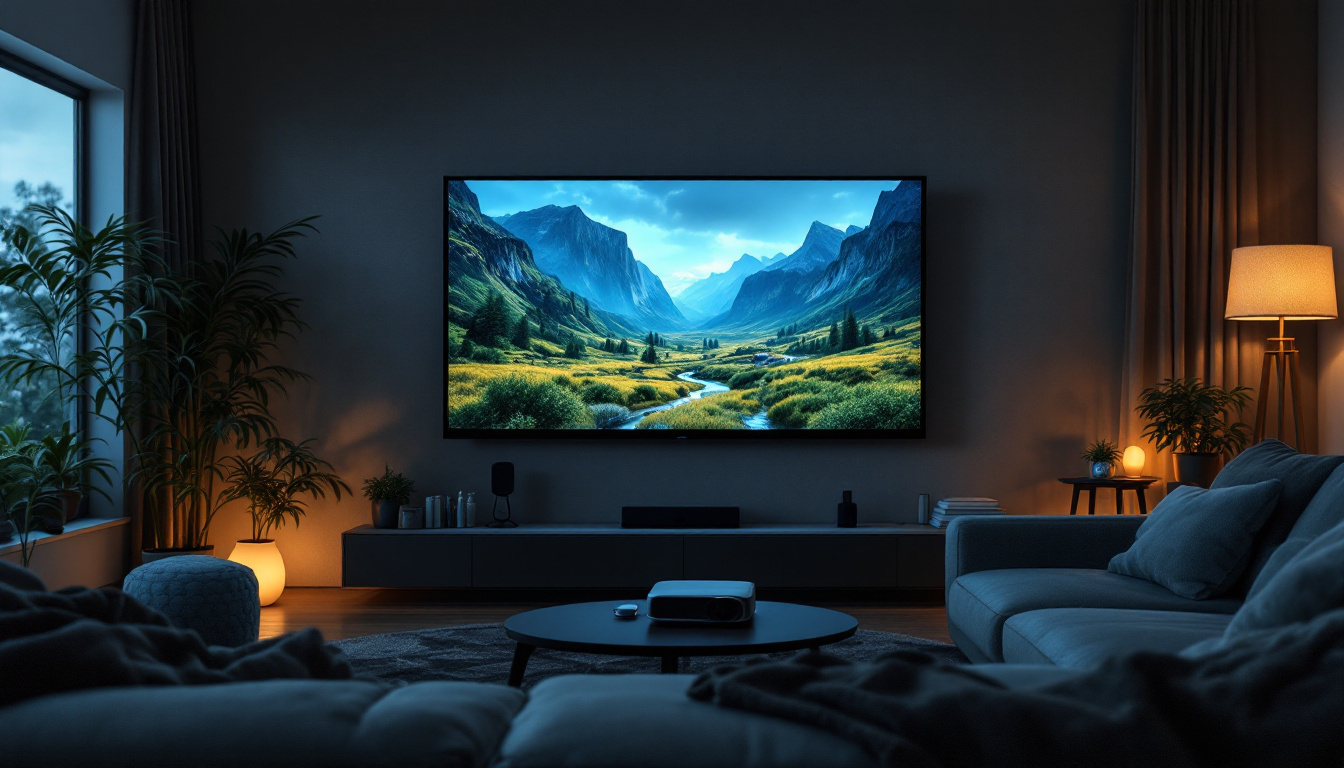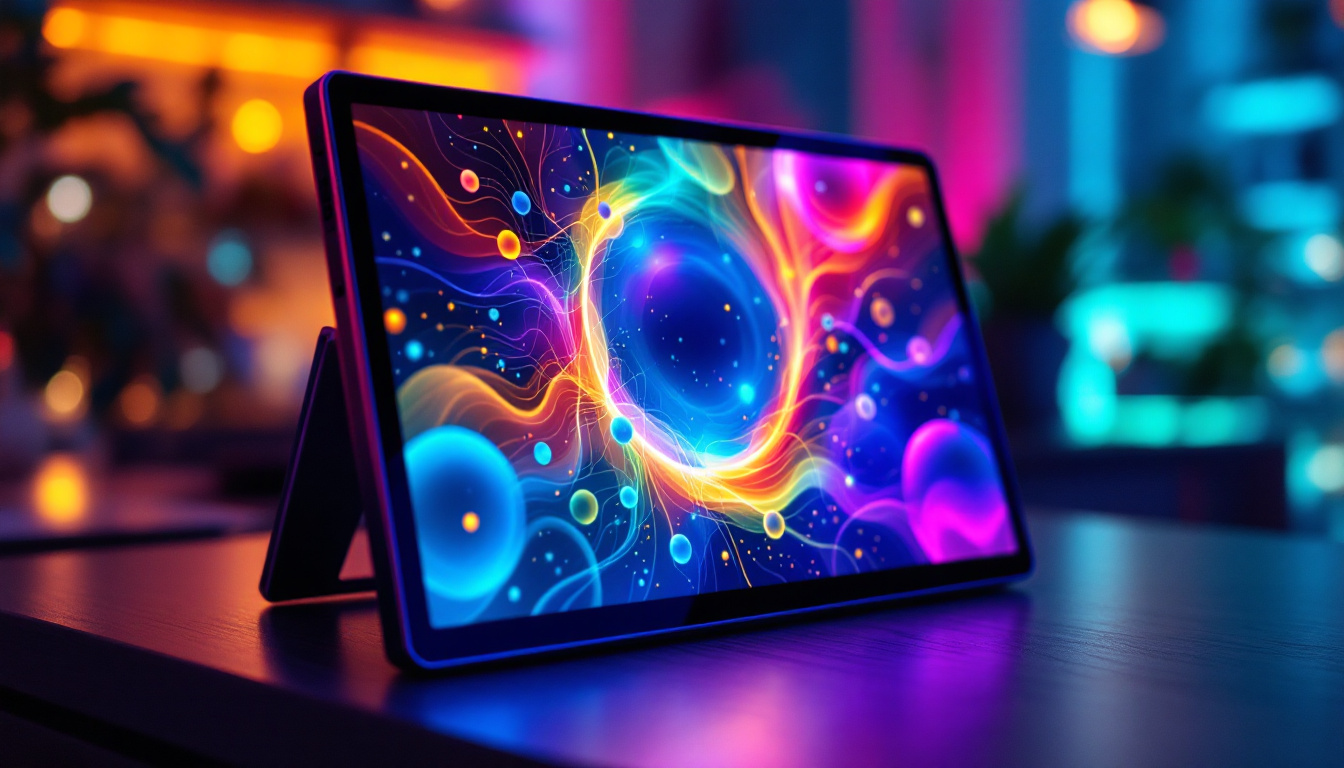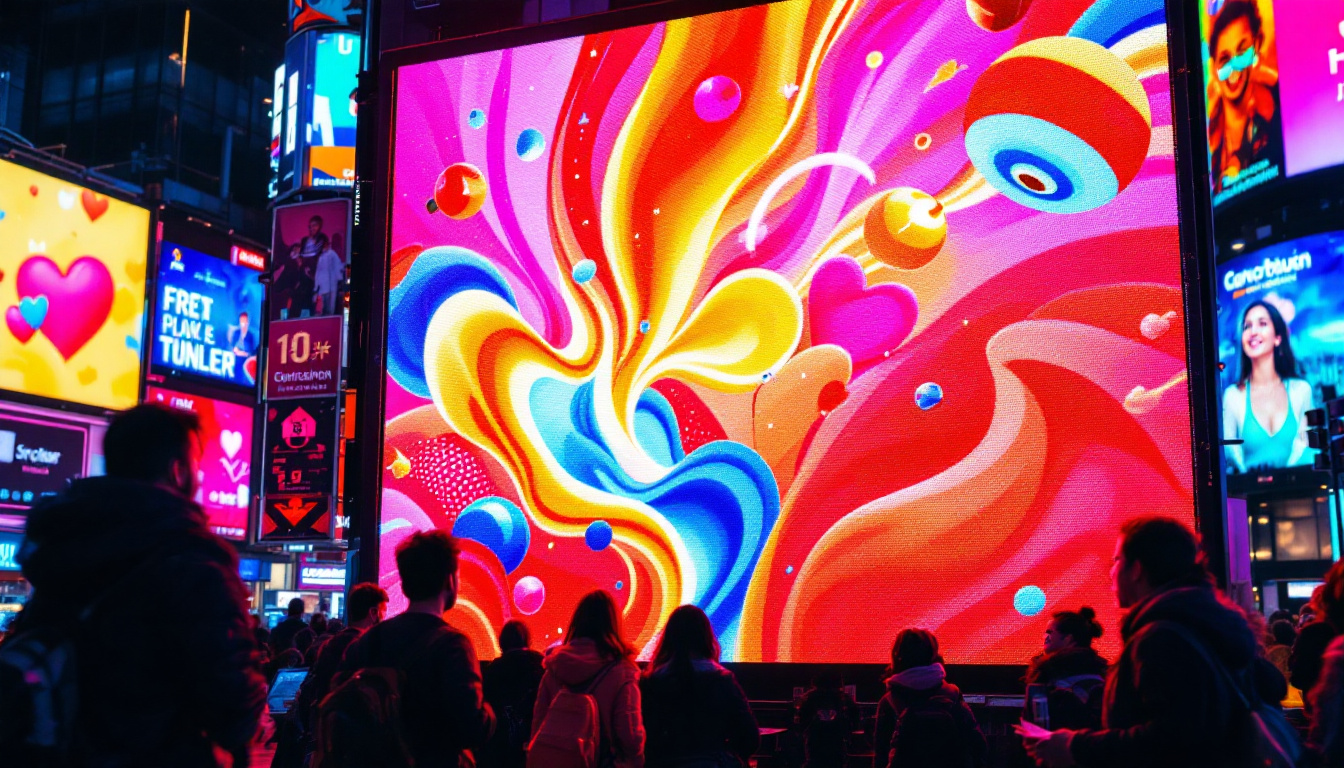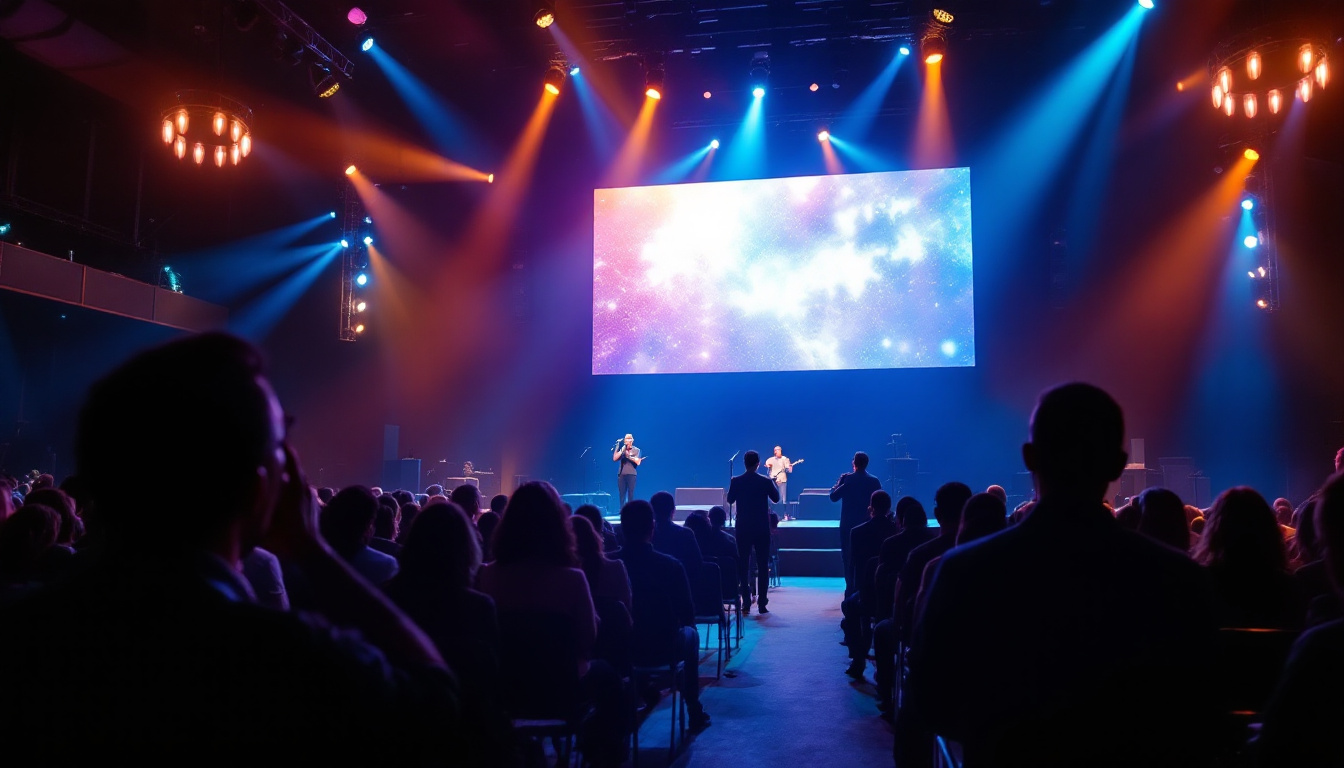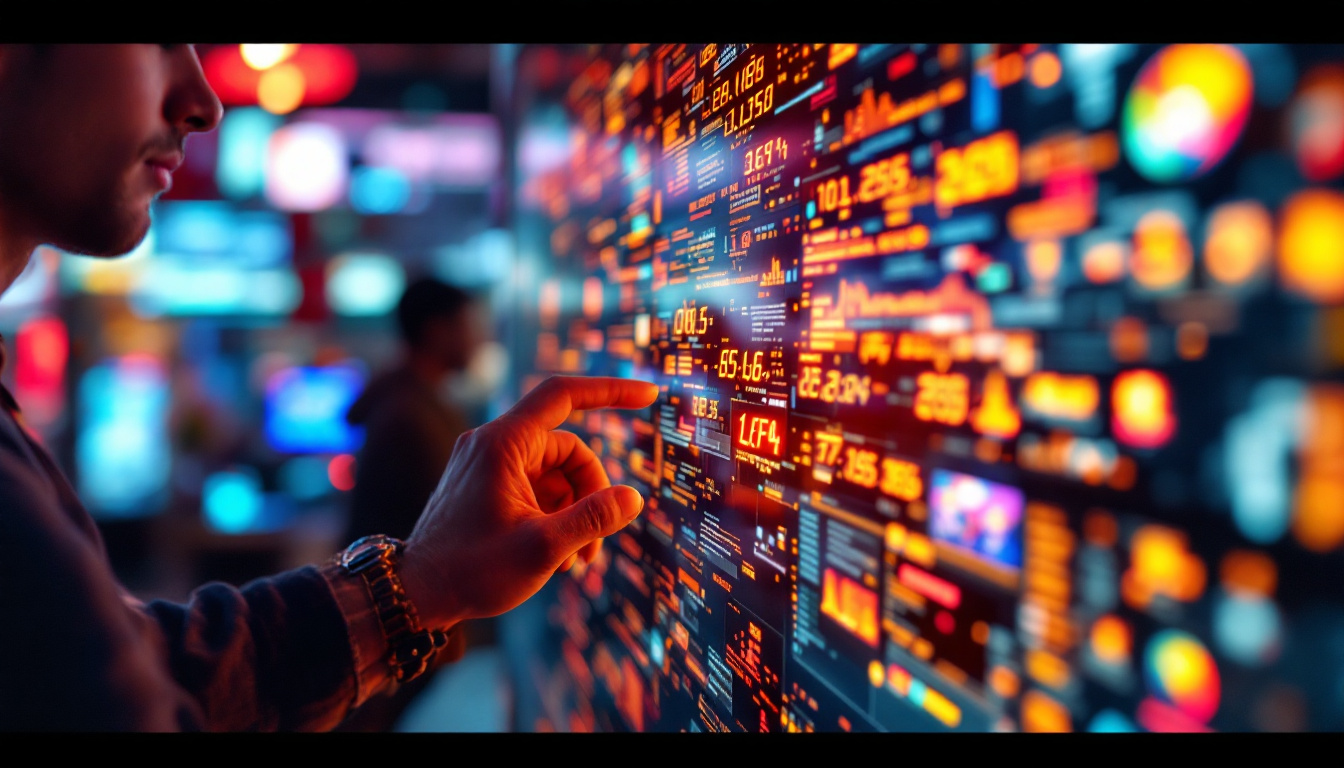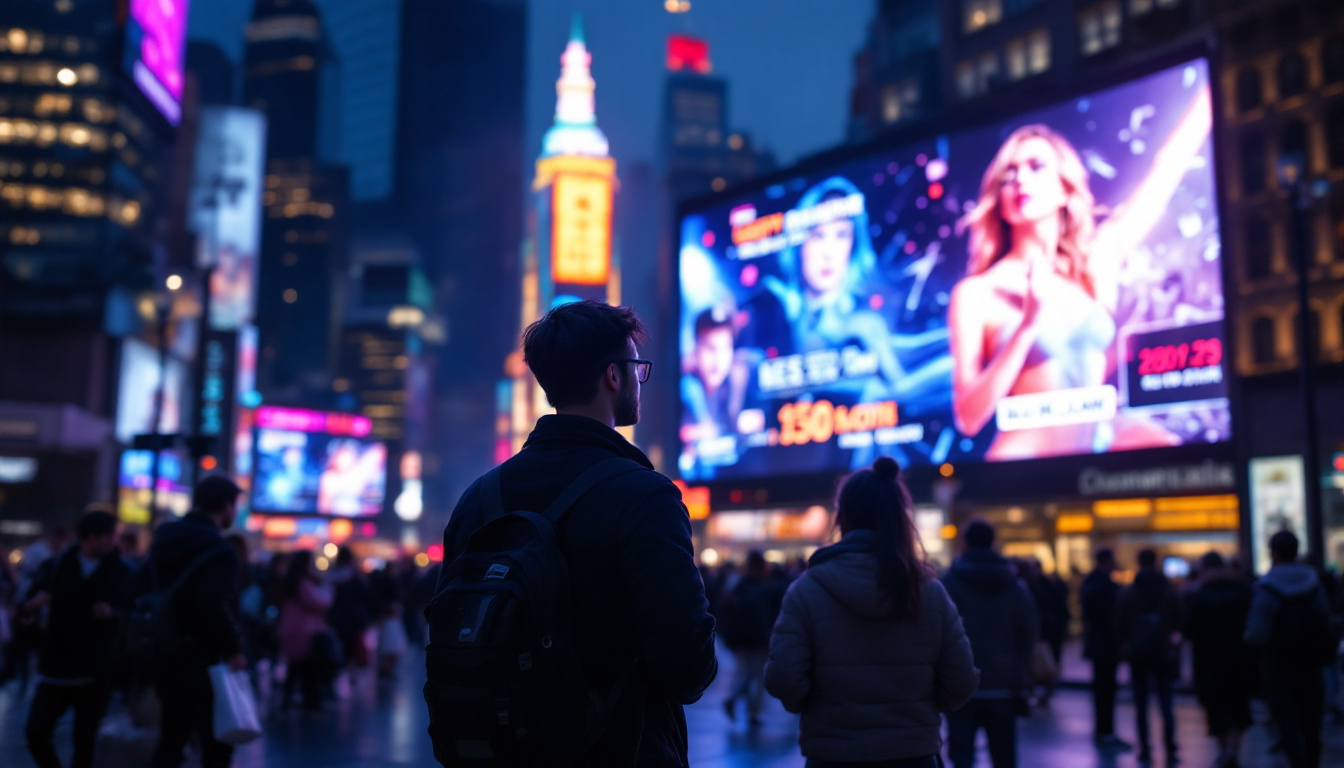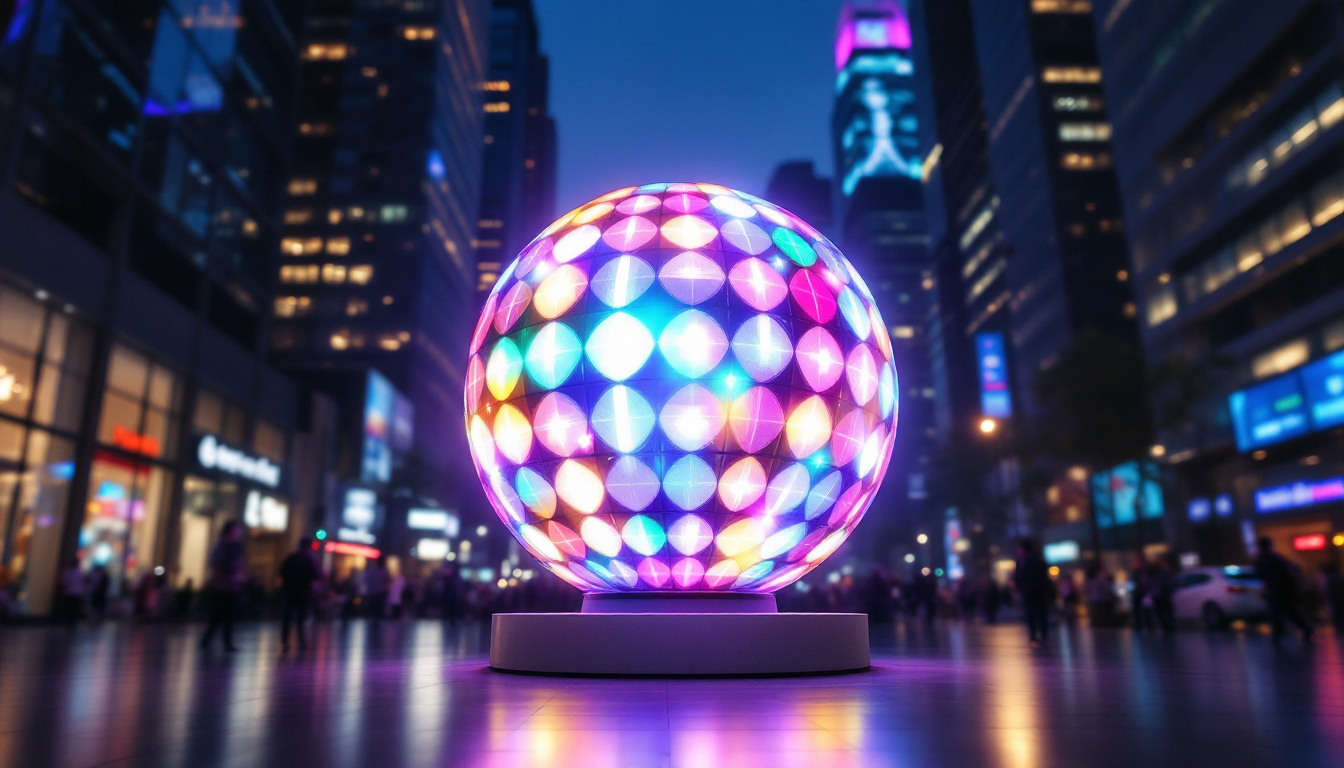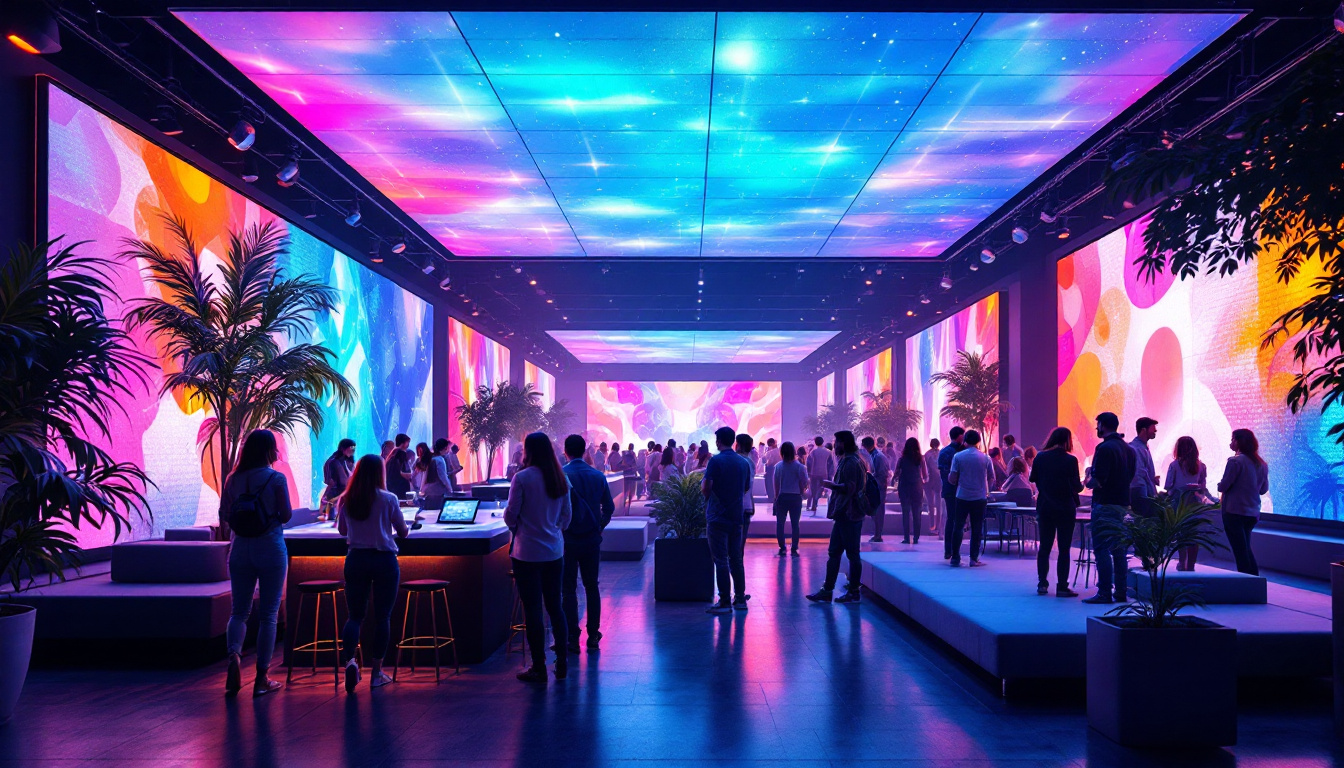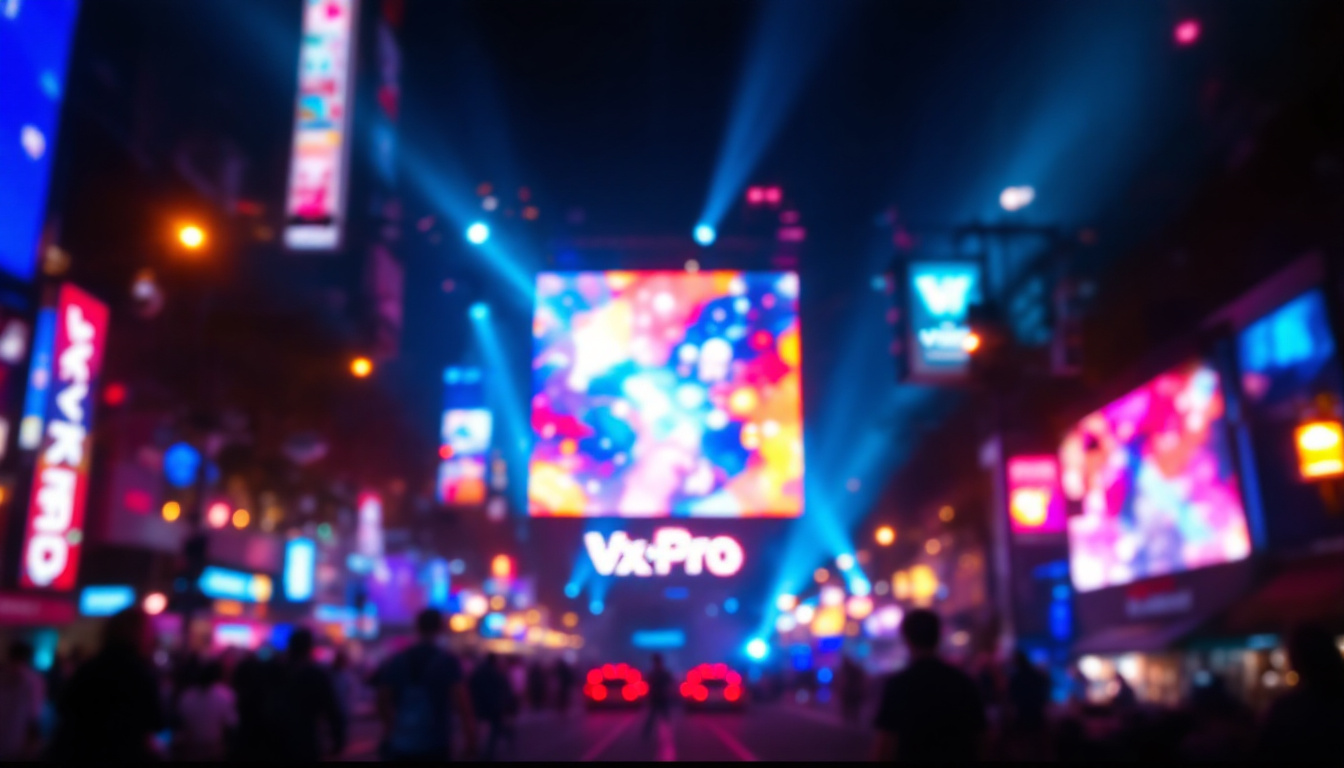In the world of live entertainment, the visual experience is as crucial as the auditory one. The rise of LED displays has transformed how concerts and events are experienced, providing vibrant visuals that enhance the overall atmosphere. This article delves into the intricacies of LED displays in concert settings, exploring their technology, benefits, and the future of visual displays in live performances.
Understanding LED Technology
LED, or Light Emitting Diode, technology has revolutionized the way images and videos are displayed. Unlike traditional lighting and projection systems, LED displays are composed of numerous small diodes that emit light when an electric current passes through them. This technology allows for high brightness, energy efficiency, and a wide range of colors, making it ideal for concerts. The ability to produce vivid colors and sharp images has transformed the concert experience, allowing artists to create a more engaging and visually stunning atmosphere that complements their music.
The Basics of LED Displays
At its core, an LED display consists of multiple pixels, each made up of red, green, and blue (RGB) diodes. By varying the intensity of these colors, a full spectrum of colors can be produced. The resolution of an LED display is determined by the pixel pitch, which is the distance between the centers of two adjacent pixels. A smaller pixel pitch results in higher resolution and clarity, essential for close-up viewing in concert settings. This high resolution is particularly important for large venues where audiences may be seated far from the stage, ensuring that everyone can enjoy a clear and vibrant visual experience.
LED displays can be categorized into two main types: direct view and rear projection. Direct view LED displays are commonly used in concerts due to their brightness and visibility from various angles. Rear projection displays, although less common, can be used in specific setups where space is limited. The versatility of LED technology allows for creative implementations, such as integrating displays into stage designs or using them as part of elaborate set pieces that enhance the overall thematic presentation of the performance.
Types of LED Displays Used in Concerts
There are several types of LED displays utilized in concert environments, each serving different purposes. The most common types include:
- Standard LED Screens: These are the most prevalent type, used for displaying visuals, logos, and live feeds of the performance. They are often arranged in large panels to create a cohesive visual backdrop. The integration of live feeds allows audiences to feel more connected to the performers, especially in large arenas where seeing the artists up close is not possible.
- Video Walls: Composed of multiple LED panels, video walls can create stunning visuals that captivate audiences. They are often used for immersive experiences, displaying dynamic content that syncs with the music. This synchronization can include animated graphics, visual effects, and even real-time data visualization, enhancing the emotional impact of the performance.
- Flexible LED Displays: These innovative displays can be bent and shaped to fit various designs and structures, allowing for creative stage setups that enhance the visual experience. Their adaptability means that designers can create unique shapes and configurations, such as curved screens or even three-dimensional installations that can transform the stage into a visually dynamic environment.
As technology continues to evolve, the capabilities of LED displays are expanding, with advancements in pixel density, color accuracy, and energy efficiency. These improvements not only enhance the visual quality of concerts but also contribute to more sustainable practices in the entertainment industry. With the growing emphasis on eco-friendly solutions, many production companies are now opting for LED technology due to its lower energy consumption compared to traditional lighting systems, making it a win-win for both the environment and the audience’s experience.
The Advantages of LED Displays in Concerts
LED displays offer numerous advantages that make them the preferred choice for live events. Their unique characteristics contribute to an enhanced concert experience for both performers and audiences.
High Brightness and Visibility
One of the standout features of LED displays is their exceptional brightness. In a concert setting, where lighting can be dynamic and intense, LED screens maintain their visibility even in bright environments. This ensures that all audience members, regardless of their position in the venue, can enjoy the visuals being presented.
Moreover, LED displays have a wide viewing angle, allowing for consistent color and brightness from different perspectives. This is particularly important in large venues where attendees are spread out across various sections.
Energy Efficiency and Longevity
Another significant advantage of LED technology is its energy efficiency. LED displays consume less power compared to traditional lighting systems, making them a more sustainable option for concert organizers. This reduction in energy consumption not only lowers operational costs but also minimizes the environmental impact of large-scale events.
Additionally, LED displays have a long lifespan, often lasting tens of thousands of hours. This durability means that they require less frequent replacement, making them a cost-effective investment for event organizers.
Dynamic Content and Interactivity
LED displays enable the integration of dynamic content that can be tailored to the performance. This flexibility allows for real-time changes to visuals, creating a more immersive experience for the audience. Whether it’s a live feed of the performers, animated graphics, or synchronized light shows, the possibilities are virtually limitless.
Furthermore, advancements in technology have led to interactive LED displays that engage the audience in new ways. For example, some concerts incorporate audience participation through mobile apps, allowing fans to influence the visuals displayed on the screens. This level of interactivity enhances the overall concert experience and fosters a deeper connection between the performers and the audience.
Challenges and Considerations
While LED displays offer numerous benefits, there are also challenges and considerations that event organizers must keep in mind when incorporating them into concerts.
Cost Implications
The initial investment for high-quality LED displays can be substantial. While the long-term benefits often outweigh the costs, budget constraints can be a significant factor for smaller events or venues. It is essential for organizers to weigh the benefits against their budget and consider rental options for high-profile events.
Additionally, the cost of content creation must also be considered. Engaging visuals require skilled designers and animators, which can add to the overall expenses of the production. However, the impact of high-quality visuals on audience engagement can justify these costs.
Technical Expertise and Setup
Setting up LED displays requires technical expertise to ensure proper installation and configuration. Event organizers must work closely with audiovisual professionals to achieve optimal performance. This includes considerations for power supply, signal distribution, and calibration to ensure that the displays function seamlessly throughout the event.
Moreover, troubleshooting any technical issues during a live performance can be challenging. Having a dedicated technical team on-site is crucial to address any potential problems quickly and efficiently, minimizing disruptions to the show.
Environmental Considerations
As with any technology, LED displays have an environmental footprint. While they are more energy-efficient than traditional lighting, the production and disposal of electronic components can have negative environmental impacts. Event organizers should consider sustainable practices, such as recycling old displays and opting for manufacturers that prioritize eco-friendly materials in their products.
The Future of LED Displays in Concerts
The future of LED displays in concerts looks promising, with continuous advancements in technology paving the way for even more innovative applications. As the demand for immersive experiences grows, so does the potential for LED displays to evolve.
Advancements in Technology
Emerging technologies such as microLED and organic LED (OLED) are set to revolutionize the industry. MicroLED technology offers even higher brightness and resolution, while OLED displays provide deeper blacks and richer colors. As these technologies become more accessible, they will likely be integrated into concert setups, enhancing the visual experience further.
Additionally, the integration of augmented reality (AR) and virtual reality (VR) with LED displays is an exciting frontier. These technologies can create immersive environments that transport audiences into different worlds, providing a unique concert experience that goes beyond traditional performances.
Personalization and Customization
As technology advances, the ability to personalize and customize visuals for concerts will become more prevalent. Event organizers will be able to tailor content to specific audiences, creating unique experiences that resonate with fans on a personal level. This could include localized content, fan-generated visuals, or even interactive elements that allow audiences to influence the show in real time.
Moreover, the rise of social media and live streaming has changed how concerts are experienced. LED displays can be used to showcase social media feeds, allowing fans to see their posts and reactions in real time, further enhancing engagement and connection.
Integration with Other Technologies
The future of LED displays will likely see greater integration with other technologies, such as artificial intelligence (AI) and machine learning. These advancements can optimize content delivery, enhance audience engagement, and even predict audience preferences based on data analysis. This level of personalization could redefine the concert experience, making it more interactive and engaging than ever before.
Conclusion
LED displays have become an integral part of the concert experience, providing vibrant visuals that enhance performances and engage audiences. Their high brightness, energy efficiency, and versatility make them the go-to choice for event organizers looking to create memorable experiences.
While challenges such as cost and technical expertise exist, the benefits of LED displays far outweigh the drawbacks. As technology continues to advance, the future of LED displays in concerts promises even more exciting possibilities, from immersive experiences to personalized content that resonates with audiences.
As the live entertainment industry evolves, embracing LED technology will be crucial for creating unforgettable concert experiences that leave a lasting impact on fans and performers alike.
Illuminate Your Next Event with LumenMatrix
Ready to elevate your live entertainment experiences with unparalleled visual impact? Discover LumenMatrix’s innovative LED display solutions, where technology meets creativity. From Indoor and Outdoor LED Wall Displays to dynamic Vehicle and Sports Displays, our extensive range ensures your message shines bright. Engage with Floor LED Displays, captivate with Custom and All-in-One solutions, and mesmerize with LED Transparent Displays. Join the visual revolution with LumenMatrix and transform your events into unforgettable spectacles. Check out LumenMatrix LED Display Solutions and see your vision come to life.

